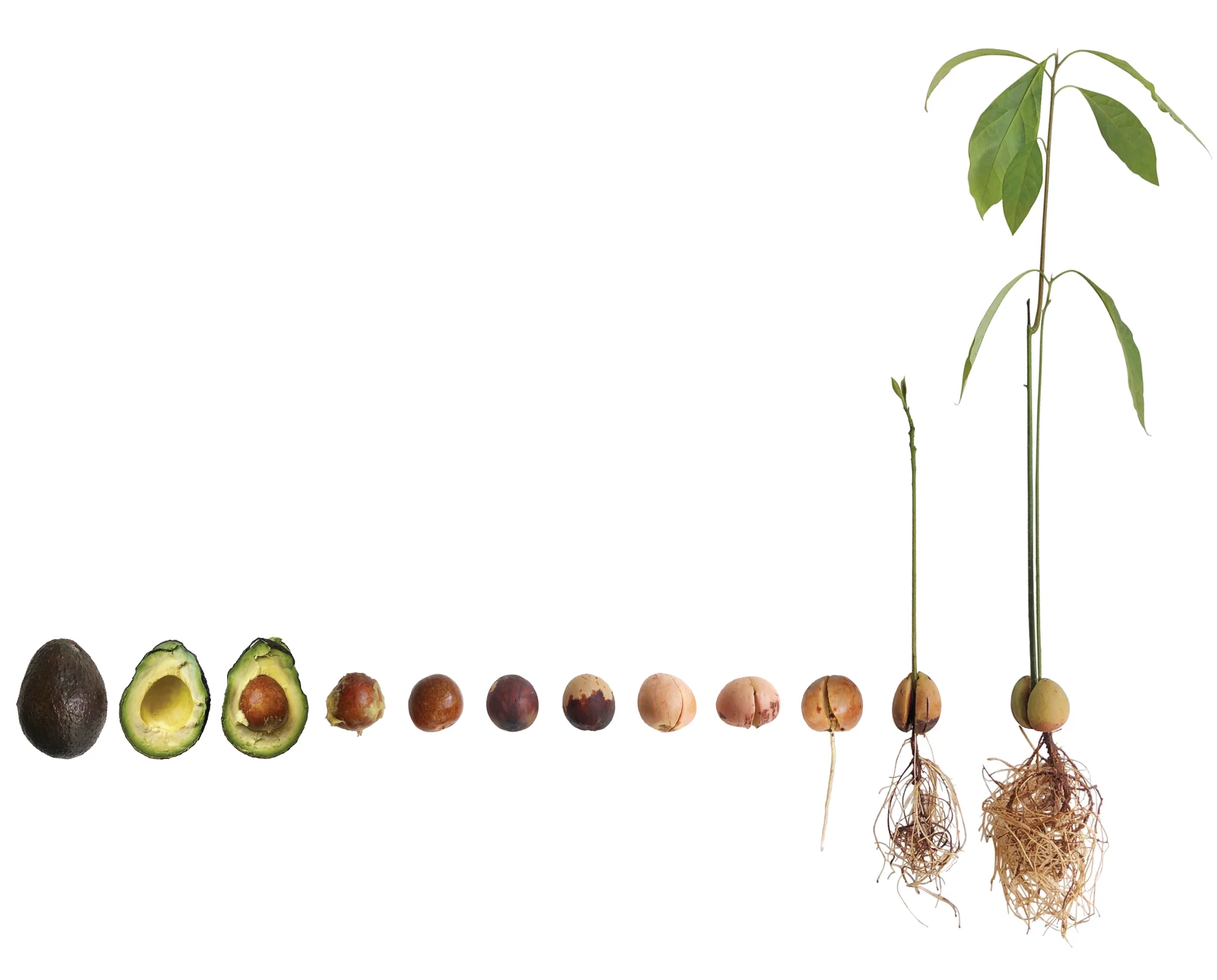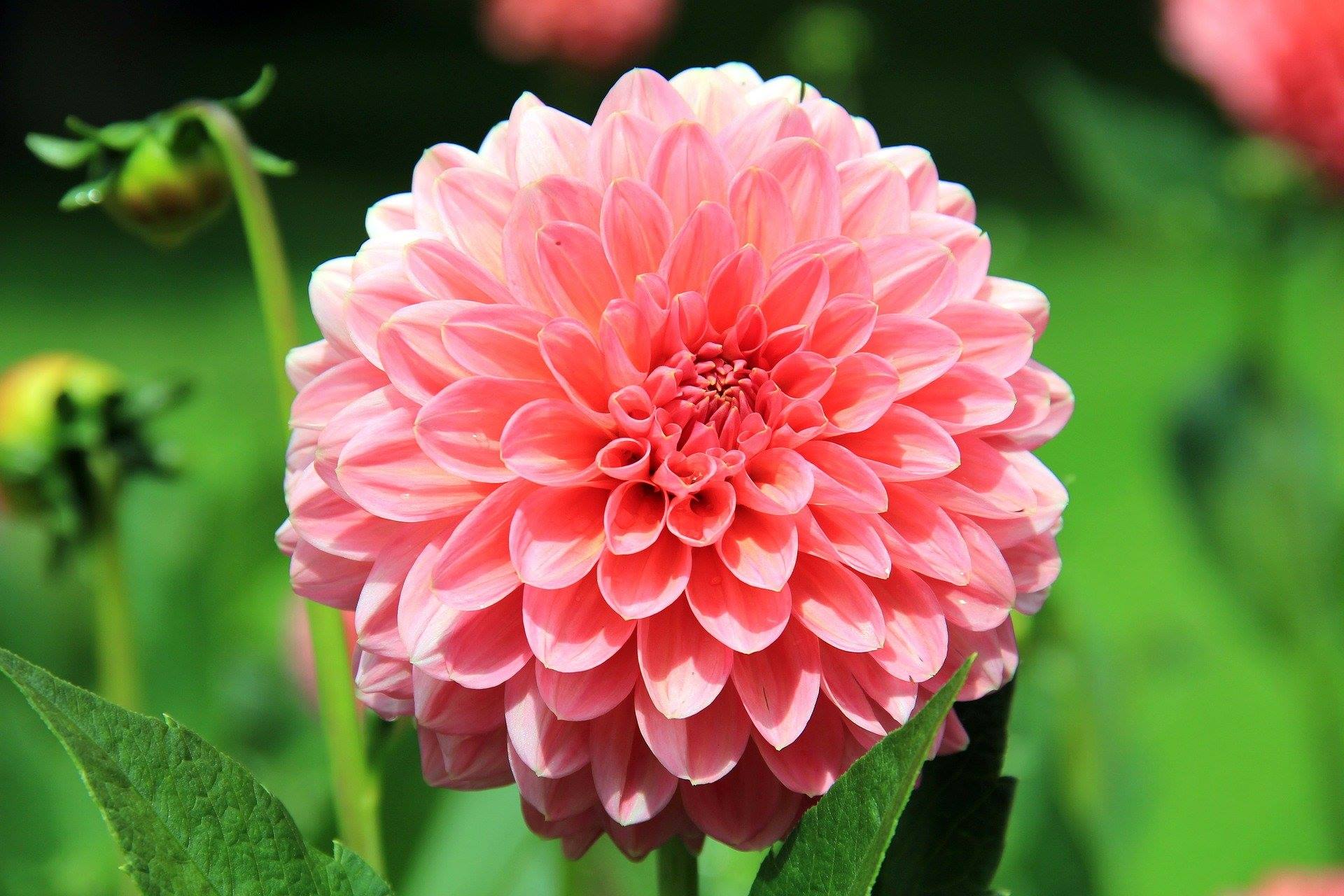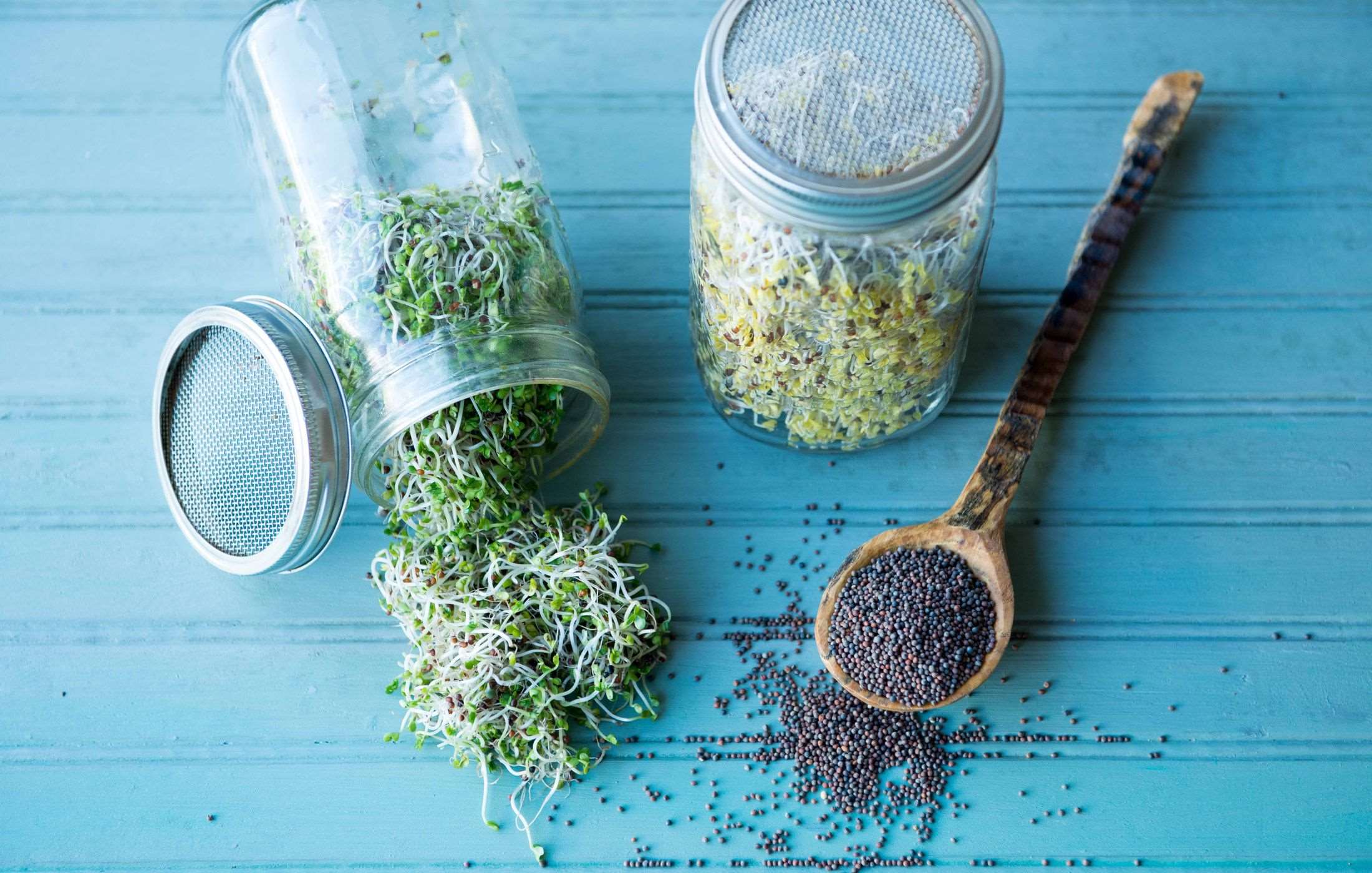Home>Gardening Techniques>Plant Care>How Long For Seeds To Sprout


Plant Care
How Long For Seeds To Sprout
Modified: February 9, 2024
Discover the average time it takes for seeds to sprout and learn valuable tips for successful plant care.
(Many of the links in this article redirect to a specific reviewed product. Your purchase of these products through affiliate links helps to generate commission for Chicagolandgardening.com, at no extra cost. Learn more)
Table of Contents
Introduction
Welcome to the exciting world of plant care! As a plant enthusiast, you understand the joy and satisfaction that comes with nurturing a seed and watching it sprout into a beautiful, thriving plant. But how long does it actually take for seeds to sprout? The answer can vary depending on various factors.
Seed germination is the process by which a dormant seed transforms into a young plant. It is an intricate and delicate process that is influenced by several crucial factors, including environmental conditions, seed quality, and plant species. Understanding these factors can help you optimize the germination process and set your plants up for success.
In this article, we will explore the various factors that affect seed germination and delve into the average germination times for common plant seeds. We will also provide you with some helpful tips to promote seed germination and highlight common mistakes to avoid. So, whether you’re a novice gardener or a seasoned pro, read on to discover the secrets to successful seed sprouting.
Factors Affecting Seed Germination
Several key factors influence the germination process of seeds. Understanding these factors will help you create optimal conditions for successful seed sprouting. Let’s take a closer look at each of them:
- Water: Adequate moisture is essential for seed germination. Water penetrates the seed coat, triggering metabolic processes that lead to germination. Too much or too little water can inhibit germination, so it’s crucial to find the right balance.
- Temperature: Different plants have specific temperature requirements for successful germination. Generally, most seeds germinate best within a specific temperature range. Cool-season crops like lettuce and spinach prefer cooler temperatures, while warm-season crops like tomatoes and peppers require warmth.
- Light: Light plays a critical role in germination for some seeds, while others require darkness. Photoreceptors within the seed detect light or its absence, signaling the seed to germinate accordingly. It’s essential to know the light requirements of the seeds you’re planting.
- Air/Oxygen: Seeds need oxygen to break down stored food reserves and produce energy for germination. Proper aeration of the soil is crucial to provide adequate oxygen to the seeds. Soil compaction or waterlogging can restrict oxygen flow and hinder germination.
- Seed Quality: High-quality seeds have a higher likelihood of successful germination. Factors such as seed age, viability, and genetic factors influence seed quality. It’s advisable to purchase seeds from reputable sources to ensure you have the best chance of successful germination.
It’s important to note that each plant species has its own specific requirements and tolerances for these factors. Some seeds have strict requirements, while others are more adaptable. Understanding the unique needs of the seeds you’re working with will greatly increase your chances of successful germination.
Germination Time for Common Seeds
The germination time for seeds can vary significantly depending on the plant species. Some seeds may sprout within a few days, while others may take weeks or even months to germinate. Here are the average germination times for some common seeds:
- Lettuce: Lettuce seeds typically germinate within 7 to 14 days. They prefer cooler temperatures, around 60-70°F (15-21°C).
- Tomatoes: Tomato seeds can take 6 to 14 days to germinate. They require warmer temperatures, around 70-85°F (21-29°C).
- Carrots: Carrot seeds have a relatively long germination period, taking anywhere from 14 to 21 days. They require consistent moisture and cool soil temperatures around 60-70°F (15-21°C).
- Beans: Bean seeds germinate relatively quickly, typically within 7 to 10 days. They prefer warmer soil temperatures, around 70-85°F (21-29°C).
- Cucumbers: Cucumber seeds usually germinate within 7 to 10 days. They require warm soil temperatures of around 70-95°F (21-35°C).
These are just a few examples, and the germination times can vary depending on several factors such as the quality of the seeds, environmental conditions, and cultivation practices. It’s always best to refer to specific seed packets or consult reliable gardening resources for accurate information on the germination time of the seeds you’re planting.
Tips for Promoting Seed Germination
Ensuring successful seed germination involves providing optimal conditions for your seeds to sprout and grow. Here are some tips to help promote seed germination:
- Proper watering: Keep the soil evenly moist during the germination process. Avoid overwatering, as it can lead to rot, and underwatering, as it can hinder germination. Using a spray bottle or a gentle watering method can help maintain the right moisture level.
- Temperature control: Pay attention to the temperature requirements of the seeds you’re planting. Use a thermometer to monitor soil and air temperatures and ensure they fall within the optimal range for the specific plant species.
- Pre-soaking seeds: Some seeds benefit from pre-soaking before planting. This can help soften the seed coat and jumpstart the germination process. Soaking seeds in room temperature water for a few hours to overnight can increase germination rates.
- Provide adequate light: Some seeds require light to trigger germination, while others need darkness. Follow the instructions provided for each seed type. If light is needed, ensure the seeds are placed in a well-lit area or exposed to a grow light source.
- Use quality soil: Plant your seeds in well-draining, nutrient-rich soil. Avoid compacted or heavy soils, as they can restrict oxygen flow to the seeds. Consider using a seed-starting mix or a combination of potting soil and perlite to ensure good drainage.
- Protect from pests and diseases: Take measures to protect your seeds from pests and diseases that can hinder germination. Keep the planting area clean, remove weeds, and consider using organic pest control methods if necessary.
Remember that each plant species may have unique requirements, so it’s essential to research and understand the specific needs of the seeds you’re working with. By following these tips and providing a nurturing environment, you can greatly increase the chances of successful seed germination.
Common Mistakes to Avoid
While it’s exciting to start growing plants from seeds, it’s important to be aware of common mistakes that could hinder the germination process. Avoiding these pitfalls will improve the chances of successful seed germination. Here are some common mistakes to watch out for:
- Overwatering: Excess water can suffocate the seeds and lead to rot. Avoid overwatering by keeping the soil consistently moist but not waterlogged. Monitor the moisture levels and adjust accordingly.
- Planting seeds too deep: Planting seeds too deep in the soil can make it difficult for them to emerge. Check the seed packet for the recommended planting depth and follow the guidelines closely.
- Using poor-quality seeds: Starting with high-quality seeds is crucial for successful germination. Old or damaged seeds may have a lower viability rate. Purchase seeds from reputable sources to ensure their freshness and viability.
- Inadequate light: Some seeds require light for germination, and others need darkness. Make sure you are providing the appropriate lighting conditions as specified for the specific seeds you are planting.
- Poor seed storage: Improper storage of seeds can lead to reduced viability. Store your seeds in a cool, dry place in airtight containers to maintain their quality. Avoid exposure to extreme temperatures, moisture, or direct sunlight.
- Skipping the pre-soaking step: Some seeds benefit from pre-soaking before planting. Failure to pre-soak seeds that require it can slow down the germination process. Read the seed packet instructions to determine if pre-soaking is necessary.
- Ignoring temperature requirements: Different plants have specific temperature preferences for successful germination. Failure to provide the optimal temperature range can delay or inhibit germination. Research the temperature requirements for the seeds you’re planting and provide the appropriate conditions.
Being aware of these common mistakes and taking steps to avoid them will greatly increase your chances of successful seed germination. Stay attentive and provide the best possible conditions for your seeds to sprout and thrive.
Conclusion
Seed germination is a fascinating and essential process in plant care. Understanding the factors that influence seed germination, such as water, temperature, light, air, and seed quality, is crucial for successful plant propagation. By providing optimal conditions and avoiding common mistakes, you can greatly increase the chances of your seeds sprouting and growing into healthy plants.
Remember to water your seeds appropriately, paying attention to moisture levels without overwatering. Take into account the specific temperature requirements of the plant species you are working with, as well as the light conditions they need for germination. Ensure your seeds have access to oxygen by using well-draining soil and avoiding compacted or waterlogged conditions. Consider pre-soaking seeds and using quality seeds for the best germination results.
As you embark on your plant care journey, patience and careful observation will be your allies. Each plant species has its own unique germination time, and some may take longer than others. It’s important to monitor the progress of your seeds, making adjustments as needed to provide the optimal environment for growth.
By following the tips and avoiding common mistakes outlined in this article, you’ll be well-prepared to nurture your seeds into thriving plants. So get your hands dirty, plant those seeds, and enjoy the fulfillment of watching them sprout and grow into beautiful additions to your garden or indoor space.







